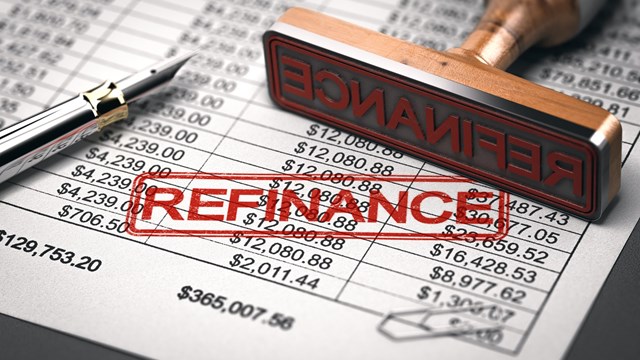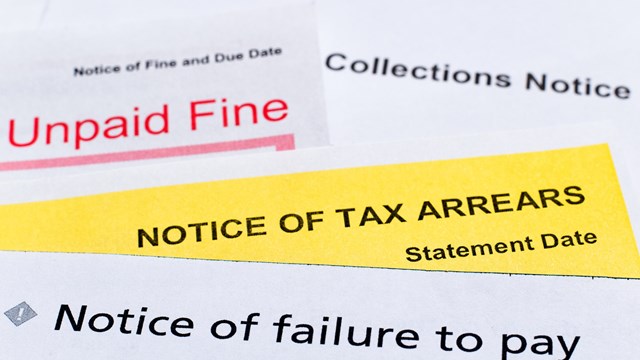In addition to depressing home prices, the current housing crisis has put a tremendous strain on the sixty million Americans who live in shared ownership communities (SOC) such as condominiums, co-ops and HOAs. While these shared ownership or common interest communities can often provide homeowners with a better quality of life than a traditional neighborhood, that lifestyle comes at a price—because in a shared ownership community, while you may own your own home, you also own the community property together with dozens, or sometimes hundreds, of strangers, all of who are jointly responsible for maintaining the common property. If an owner fails to pay their share, the other owners are forced to pick up the slack. The bottoming out of the housing market has created prime conditions for bargain-hunters, but there are a few key things that any homebuyer needs to know before safely buying a home in an SOC.
Maintenance Payments:
Not Rent, Not Optional
Because every community association is tasked with maintaining and operating the common areas of the property, they must collect assessments, or maintenance, from every single owner. These payments may seem like rent or mortgage bills, but they’re different. Unlike a mortgage, maintenance is not a fixed, guaranteed amount—it will vary depending on the cost of operations, the existence of emergency repairs and the amount of reserve funds held by the community. And you are absolutely required to pay your maintenance, by law, every single month. If you don’t, the association can put a lien on your property and foreclose. It doesn’t matter if the board of directors is mismanaging the property, or failing to maintain the common areas. Before you buy a unit in any shared ownership community, make sure you check not only the current maintenance amounts, but also how much money the association keeps in reserve for emergencies, and whether there are any outstanding large repair projects that might require a special assessment. And always budget for fluctuations in maintenance, especially in new properties. It’s not uncommon for a new neighborhood, recently turned over by the developer, to raise maintenance significantly in order to cover costs that were underestimated in the original budgets.
You are Responsible for the Good Times, and the Bad Times
Life has its ups and downs, just like any neighborhood. Storms hit, roads crack, clubhouses flood, and fires rage. And when disaster strikes, it’s the homeowners who are forced to foot the bill to rebuild the community. So check whether the community association carries sufficient casualty insurance to cover any emergency. Also, considering the lean economic times, it’s important to remember that if a neighbor doesn’t pay their maintenance, the rest of the owners must pick up the slack. Always ask how many owners typically fail to pay their bills, how much bad debt the association carries, and whether they’ve had any recent special assessments to cover shortfalls in their budget.
You Must Follow the Rules -- Whether You’ve Read Them or Not
Every person who buys a home in a shared ownership community has constructively agreed to be bound by a contract that lays out all of the guidelines that must be followed in the community (often called the governing documents, the covenants, or the CC&R). By law, these documents are supposed to have been given to you by the seller of the property, but they also are publicly recorded. Because of this, you can never argue that you didn’t know a rule existed. If it’s in the documents, you’re required to abide by the restriction.
So what kinds of rules are common in shared ownership communities? Whether or not you own a pet, whether you can have guests at night, where you park, when you can use the gym or the pool, what you can wear, how your lawn looks, the color of your roof, pretty much any aspect of your life, really, can be governed by the documents unless the rule is discriminatory or violates public policy. So it’s critical that every buyer reads the community documents before they sign the contract.
Sharing Walls is Not for Everyone
While traditional homeowners have at least a few feet of breathing room between themselves and their nearest neighbor, residents of condos and co-ops have to accept that unpleasant sounds, sights and smells are often unavoidable. Maybe the cockatiel next door squawks every morning at sunrise, or the stuffed cabbage cooking downstairs makes you retch. But people who share walls have to accept that close quarters living is different than detached homeownership, and that some small nuisances have to be tolerated. Usually, the best solution is to simply be neighborly—politely ask whether your neighbor could open a window while they cook, or keep their bird covered until at least 8 a.m. Sometimes just telling people that there is a problem is a sufficient solution.
Believe What You Read, Not What You Hear
If you’ve never attended a sales pitch for a new development, you’re in for a treat: a colorful, expressive salesperson promising palatial opulence and amenities that would make a Saudi prince jealous. But even if they promise the world, don’t assume that’s what you’ll ultimately get. In the majority of states, you can only legally rely on promises made in writing, and then only in the prospectus and sales contract. So just because they’ve promised you a dozen tennis courts and a marble spa doesn’t mean those things will ever be constructed. And in the current economic climate, it’s an unfortunate reality that even with written promises, amenities will be dropped due to lack of interest or funds. Buying a home in a development that hasn’t yet been built is a gamble, so do your research, read your contract, make good choices, and consider whether your might be better suited living in a more established community.
The world of shared ownership communities is a potential minefield, but the rewards of ownership can be just as great. So follow the above guidelines and find a clear path to your ultimate goal—a home and a community that you and your family will love.
Ryan Poliakoff is a freelance writer whose articles have appeared in newspapers and magazines nationwide. He is currently the vice president of the Ocean Palms condominium in South Florida. Along with his father, Gary, founding shareholder of the law firm of Becker & Poliakoff, P.A., he has co-authored a book on community living. He can be reached at rpoliakoff@newneighborhoodspublishing.com.







Leave a Comment